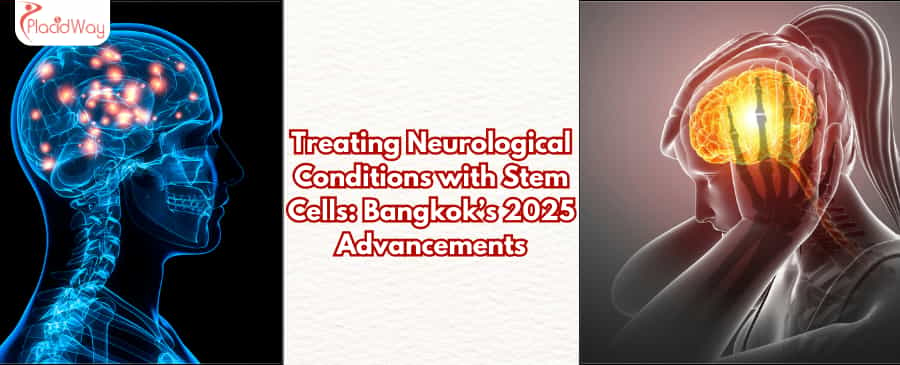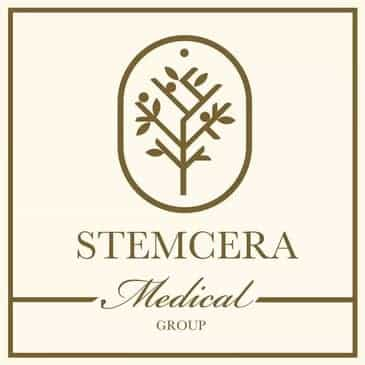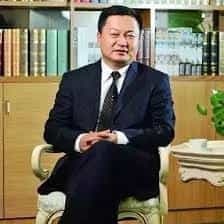Key Takeaways at a Glance:
- Stem cell therapies offer promising relief for various neurological disorders.
- Bangkok’s 2025 medical landscape integrates international research and cutting-edge equipment.
- Top clinics and expert doctors guide patients through safe, personalized treatment plans.
- Patients benefit from transparent protocols, affordability, and supportive travel arrangements.
By 2025, Bangkok has emerged as a world-class hub for treating neurological conditions with stem cell therapies. This vibrant city now blends advanced research, state-of-the-art medical facilities, and renowned experts to offer hope for those facing conditions like Parkinson’s disease, autism spectrum disorders, traumatic brain injuries, and multiple sclerosis.
In a field once limited to symptom management, stem cell therapy strives to address underlying neurological damage. Patients arrive from around the globe seeking the latest breakthroughs—improved motor skills, enhanced cognitive functions, and better quality of life. In the following sections, we explore Bangkok’s cutting-edge approach, the clinics leading the charge, the doctors making it possible, and what patients can expect as they embark on this healing journey.
Why Stem Cell Therapy for Neurological Conditions?
Neurological disorders often involve the degeneration or malfunction of brain and nerve cells. Conventional treatments, while helpful, usually focus on managing symptoms rather than promoting long-term healing. Stem cells, however, hold regenerative potential. They can develop into specialized cell types that repair or replace damaged neurons, improve cellular communication, and reduce inflammation in the brain.
As research deepens, Bangkok’s medical community strives to refine protocols, increase effectiveness, and minimize risks. By 2025, early results are promising. Patients report improvements in movement, speech, attention, and social engagement, depending on their specific conditions. Although not a guaranteed cure, stem cell therapy represents a new avenue of hope.
Key Neurological Conditions Addressed with Stem Cells
Parkinson’s Disease:
Patients may experience reduced tremors, improved balance, and better muscle control. Stem cells aim to restore dopamine-producing neurons or create a more supportive environment for existing cells.
Autism Spectrum Disorders (ASD):
By reducing inflammation and supporting healthier neural pathways, stem cells may help improve communication, attention, and social interactions in individuals with ASD.
Multiple Sclerosis (MS):
Stem cells can potentially help rebuild myelin, the protective sheath around nerves, slowing down or stabilizing disease progression and improving mobility and energy levels.
Traumatic Brain Injury (TBI) and Stroke Aftermath:
For those recovering from brain injuries or strokes, stem cell therapy might support the formation of new neural connections, aiding cognitive, emotional, and motor function recovery.
Spinal Cord Injuries:
Although still in early exploration, some clinics investigate using stem cells to encourage nerve regeneration and improve sensory and motor function in patients with spinal cord damage.
Each patient’s progress varies, influenced by factors like age, overall health, treatment protocols, and the timing of intervention. The cumulative evidence, however, positions stem cell therapy as a growing force in neurological care.
Bangkok’s 2025 Stem Cell Landscape: What’s New?
Integration of Global Research:
Bangkok’s top facilities align with international guidelines. They maintain relationships with global research bodies, share data, and adopt best practices. This ensures that therapies offered here match—or surpass—what patients find in countries with older medical infrastructures.
State-of-the-Art Equipment and Protocols:
Cutting-edge 3D imaging, specialized lab equipment, and digital planning tools reduce guesswork. Clinics in Bangkok follow standardized protocols for cell sourcing, handling, and administration. Quality control is strict, ensuring patients receive safe, viable cells under optimal conditions.
Holistic Treatment Programs:
Recognizing that neurological conditions affect every aspect of life, Bangkok’s approach includes physical therapy, behavioral interventions, and ongoing support. Stem cells may offer biological repair, but proper rehabilitation and supportive therapies round out the healing process.
Leading Stem Cell Clinics in Bangkok (2025)
1. Vega Stem Cell Clinic
Why Choose Vega?
- Vega Stem Cell Clinic provides cutting-edge regenerative treatments aimed at neurological conditions.
- Comprehensive follow-up programs to monitor patient progress over time.
- Emphasis on personalized treatment plans, adjusting therapies as needed for each individual.
Highlights:
- Integrates the latest research findings to refine methods continuously.
- Provides multilingual staff and dedicated patient coordinators.
- Creates a calm, welcoming environment to reduce patient stress.
2. Beike Biotech
Why Choose Beike?
- Beike Biotech a well-known name in regenerative medicine with a global reputation.
- Offers holistic patient support, from travel logistics to local accommodations.
- Regularly updates treatment protocols based on worldwide scientific collaboration.
Highlights:
- Strong international partnerships ensuring top-tier standards.
- Focus on transparency, offering detailed pre- and post-treatment guidance.
- Thorough evaluations before administering stem cells, ensuring patient eligibility and safety.
3. STEMCERA by Vega Stem Cell
Why Choose STEMCERA?
- STEMCERA by Vega Stem Cell specializes in advanced interventions for conditions like autism and Parkinson’s.
- Engages in ongoing clinical trials to push innovation and success rates further.
- Maintains rigorous compliance with global guidelines for cell therapy.
Highlights:
- Detailed patient education materials and consultations.
- Access to cutting-edge therapies backed by robust clinical data.
- Committed to refining dosage, cell types, and administration methods for maximum impact.
























Share this listing